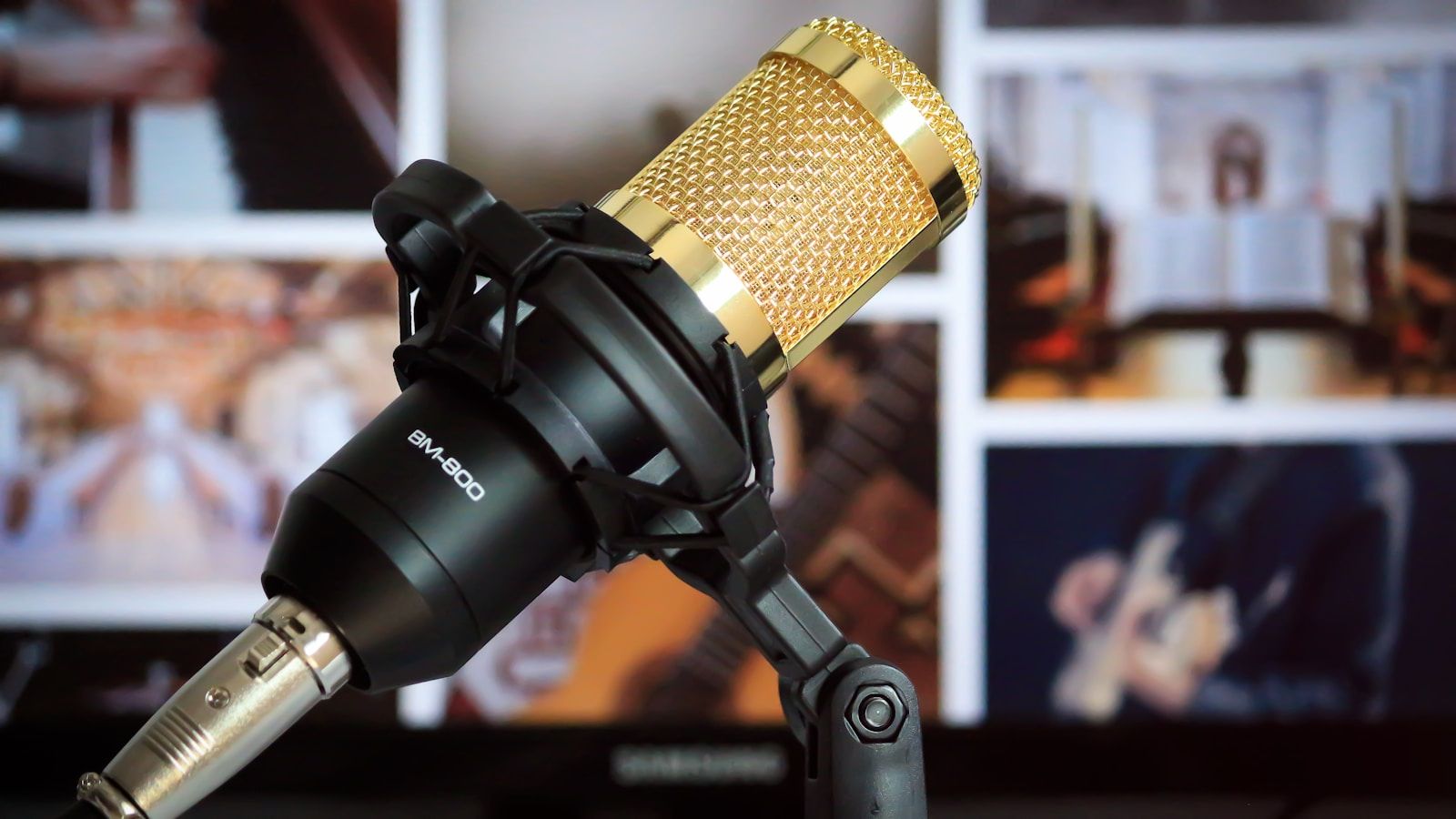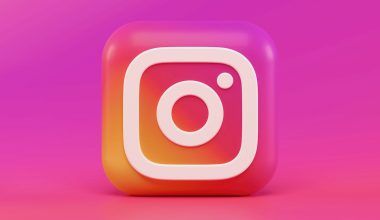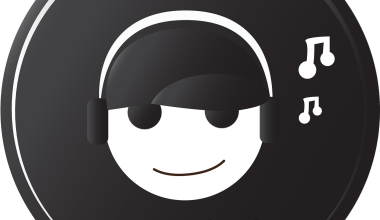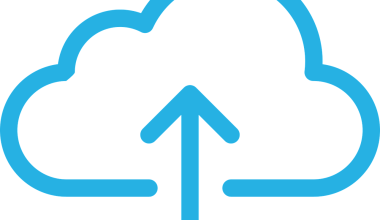If you’re a musician, songwriter, or producer, monetizing your track on YouTube is one of the smartest ways to earn while sharing your passion. YouTube is more than just a video platform; it’s a goldmine for creators who know how to tap into its potential. But don’t worry if you’re unsure where to start. In this easy-to-follow guide, we’ll walk you through every step you need to monetize your music on YouTube and start earning from your talent.
Why Monetizing Your Track on YouTube is Important
YouTube is the largest video-sharing platform globally, with billions of active users. This makes it a perfect place for musicians to showcase their work and earn revenue. Whether it’s through ads, YouTube’s Partner Program, or Content ID, monetizing your tracks can ensure you get paid every time someone listens to your music. The best part? It doesn’t matter if you’re an independent artist or signed to a label—anyone can do it.
Step 1: Set Up Your YouTube Channel
Before you can start monetizing, you need a professional YouTube channel. Your channel is your online portfolio, and it’s the first impression for your audience. Here’s how you can create one:
- Sign Up on YouTube: Use your existing Google account or create a new one to sign in to YouTube.
- Choose a Unique Channel Name: Pick something memorable and relevant to your music style. If you’re a solo artist, using your stage name works well.
- Optimize Your Profile: Add a professional logo or a high-quality image as your profile picture. Include a compelling channel description explaining what your music is about.
- Create Playlists: Group your tracks into playlists to keep your content organized. This also helps with watch time and improves discoverability.
Step 2: Join the YouTube Partner Program
To monetize your track on YouTube, joining the YouTube Partner Program (YPP) is essential. Here’s how you can qualify:
- Meet the Requirements: You need at least 1,000 subscribers and 4,000 hours of watch time in the past 12 months.
- Apply for YPP: Go to YouTube Studio > Monetization > Apply Now. Follow the instructions, accept the terms, and set up your AdSense account.
- Enable Monetization for Your Videos: Once approved, you can turn on monetization for individual videos. This will allow YouTube to show ads on your content, and you’ll earn a share of the revenue.
Step 3: Use YouTube Content ID to Protect Your Music
One of the best ways to ensure you get paid for your music on YouTube is by using Content ID. This system scans videos across YouTube for your copyrighted material and ensures you earn revenue whenever your track is used. Here’s how it works:
- Work with a Distributor: Platforms like TuneCore, DistroKid, or CD Baby can register your music in YouTube’s Content ID system.
- Upload Your Music: Once registered, upload your track to YouTube through the distributor. They’ll ensure it’s fingerprinted for Content ID.
- Track Revenue: Any time your music is used in a video, Content ID will identify it and generate revenue for you.
Step 4: Optimize Your Videos for More Revenue
Your videos need to stand out to attract views and engagement. More views mean more revenue. Here are some simple tips:
- Write Catchy Titles: Use keywords that describe your music and are easy to find. For example, “Relaxing Acoustic Music for Study” can grab attention.
- Use High-Quality Thumbnails: A visually appealing thumbnail can make people click on your video.
- Add Descriptions and Tags: Write detailed video descriptions with relevant keywords. Include your focus keyword, such as “monetize your track on YouTube.”
- Engage with Viewers: Reply to comments and ask viewers to like, share, and subscribe. This increases engagement and helps with the algorithm.
Step 5: Sell Merchandise and Promote Other Platforms
YouTube monetization isn’t just about ads. You can diversify your income by selling merchandise or directing your audience to other platforms:
- Merchandise: Use platforms like Teespring or Merchbar to sell T-shirts, posters, or other branded items.
- Streaming Platforms: Link your YouTube audience to platforms like Spotify, Apple Music, or Bandcamp to boost streams.
- Patreon or Memberships: Offer exclusive content to fans who support you financially.
Step 6: Collaborate with Brands for Sponsored Content
Sponsored content is another way to earn money on YouTube. As your channel grows, brands may approach you for collaborations. Here’s how to do it right:
- Stay Authentic: Partner with brands that align with your music and values.
- Set Clear Terms: Be upfront about what you expect in return for your collaboration. This could include a flat fee or a percentage of sales.
- Disclose Partnerships: Always inform your audience about sponsored content. Transparency builds trust.
Step 7: Analyze and Improve Performance
Monetizing your track on YouTube is an ongoing process. Regularly analyze your channel’s performance to see what’s working. Use YouTube Analytics to track:
- Audience Retention: See how long viewers stay on your videos and identify drop-off points.
- Demographics: Understand who your audience is and where they’re from.
- Top Videos: Focus on creating similar content to your best-performing videos.
Conclusion: Start Monetizing Your Track on YouTube Today
Monetizing your track on YouTube step-by-step is easier than you might think. From setting up your channel to joining the YouTube Partner Program and using Content ID, every step can bring you closer to earning from your passion. As you grow your audience, remember to engage with them, collaborate with brands, and diversify your revenue streams. With consistent effort and creativity, YouTube can become a powerful platform for your music career. So, why wait? Start your monetization journey today and let your music work for you.
For further reading, explore these related articles:
- Maybach Music: The Legacy of a Luxury Rap Empire
- Best Selling Albums: The Iconic Records That Defined Music History
For additional resources on music marketing and distribution, visit Deliver My Tune.






